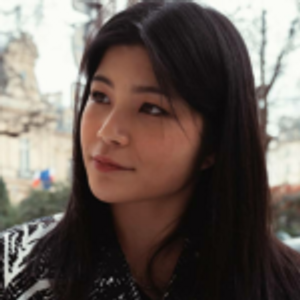“J-Beauty” has been gaining attention in the Western beauty industry. The beauty regimen that symbolizes Japanese beauty, derived from traditionally cultivated aesthetics, concepts and customs, has slowly become a part of the daily lives of people around the world. “J-Beauty report from Europe” introduces the J-Beauty brands which are gaining popularity in Europe while also digging to the ancient methods of Japanese beauty. The series is supervised by Keiko Suyama, who represents the brand Dessigne and has lived in Paris for over 20 years, consulting with Japanese beauty brands looking to expand into the European market. With Suyama, we explore various Japanese aesthetics and the driving forces behind the J-Beauty trend in Europe.
The sixth installment of the series features REY TOKYO, a natural cosmetics brand from Germany lauded by Suyama. The brand was launched in 2020 by Rey Nakajima, a Japanese woman living in Germany. What prompted her to take on a new challenge in the beauty industry was her own skin disorder caused by a change in environment. Self-taught in the development of cosmetics, Nakajima created REY TOKYO by combining ancient wisdom from Japan and the latest technology from Germany. We interviewed Nakajima to uncover the history and concept of REY TOKYO in detail.
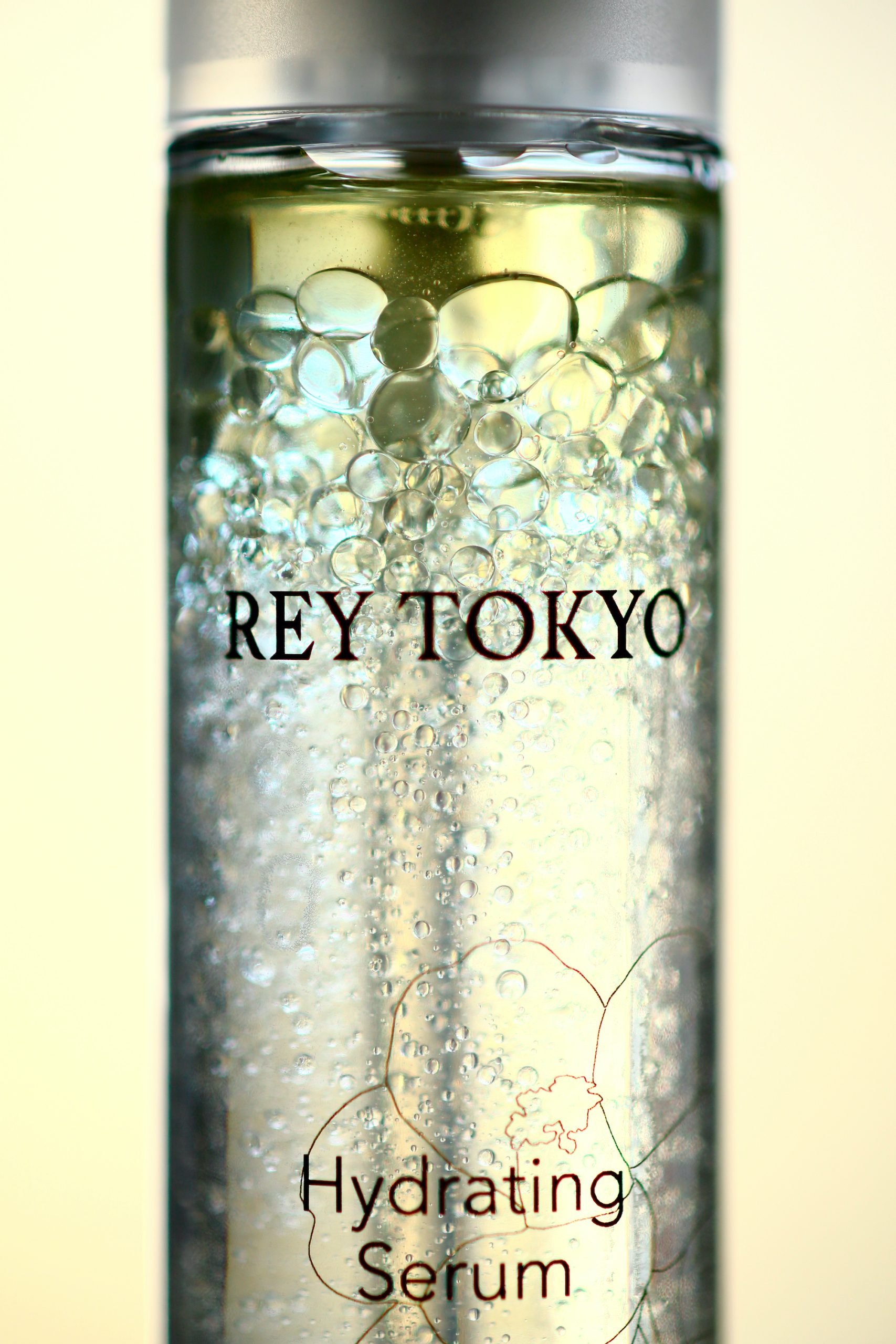
The need for skincare products made from natural Japanese ingredients suited to the dry German environment
−−First of all, please tell us a bit about REY TOKYO.
Nakajima: Rooted in the ancient wisdom of Japanese beauty, REY TOKYO’s products are entirely German-made, from development to production. The main ingredients all natural, such as camellia oil and rice bran, which have been used in Japan for centuries, and are made into products using reliable and advanced German technology.
−−What motivated you to establish the brand?
Nakajima: I was born in Tokyo, Japan, and have been living in Germany since 2006. When I first moved here, I was suffering from skin disorders due to work stress, hard water, the dry climate, and a change in diet. The skincare products I brought from Japan were soft and blended very well with my skin, but didn’t replenish enough moisture. The products I bought in Germany, on the other hand, although moisturizing, were greasy and sticky and didn’t blend well with my skin.
So I thought, “What if we made skincare products using traditional, natural Japanese ingredients that could cope with the dry environment of Germany?” That’s how I came up with the idea. Since I had never been involved in the beauty or cosmetics industry, I began researching the commercialization of cosmetics. And then I realized that the series of processes from product planning to manufacturing were similar to those that I had experienced working for a toy manufacturer, and that I could use that experience in the cosmetics industry as well. I had also served as president of a translation and interpretation company after moving to Germany and had seen a wide variety of client business structures of that sort, so I was able to get started in the cosmetics business without hesitation.
I have always loved cosmetics and enjoy trying all different kinds of products. So I didn’t go into it for the purpose of business, entrepreneurship, or profit, but rather with love and curiosity, and that’s what led me to launch REY TOKYO. I’m also very passionate about making things, and a long-held dream of someday producing everything myself was another reason for launching the brand.
−−How did you combine the different beauty cultures of Germany and Japan?
Nakajima: Germany is renowned for its high quality research, development, and technology related to natural and organic cosmetics. In Japan, natural ingredients such as camellia oil and rice have been known to beautify the skin for about a thousand years. Recent studies have also focused on the effects of the ingredients on the skin.
If I were to produce and create a product, I would want do it with a Japanese approach to beauty, so that it could be completed in just a few steps, which would also be in line with the German appreciation for minimalism. My goal was to create a Japanese-German product that would be very skin friendly, using naturally derived ingredients yet allowing the user to feel improvement and change in their skin. By combining traditional Japanese beauty ingredients, simple beauty steps, and the latest German technology, we’ve created a product with what we call “dual energy,” and a sense of on-ko-chi-shin (knowledge and innovation).
−−What are the similarities and differences between German and Japanese attitudes toward beauty?
Nakajima: In Germany, an awareness for self-care has been growing in recent years, as has the market for it. Skincare products with specific purposes, such as anti-aging, sunscreen, and acne prevention, are on the rise. They’re also available at more affordable prices than in Japan. Germany is highly ecologically conscious, so simple and natural packaging designs are preferred.
Originally, many people in Germany didn’t (or didn’t like to) wear makeup, and many didn’t even take care of their skin at all, but liked to tan in the summer. In recent years, however, there has been a new consciousness towards beauty, with more people getting into self-care, especially during the corona pandemic. Consumers highly value the natural, in terms of both themselves and what they buy, so product standards have risen and regulations have become stricter.
One thing that Japan and Germany have in common is a high level of interest in anti-aging. Products that combine both values are on the rise, such as doctor’s cosmetics that make use of natural ingredients but also take dermatological approaches to beautifying the skin.
−−Is J-Beauty becoming popular in Germany, where quality organic cosmetics are widespread?
Nakajima: My personal impression is that in Germany, J-Beauty has not yet attracted much attention. It was only around last year that the term began to be featured in fashion magazines. Beauty ingredients, however, such as seaweed, green tea, yuzu, konjac, camellia oil, and rice bran have already attracted attention, and are being incorporated into skincare products made in Germany. I hope that “J-Beauty” will attract more attention in the future.
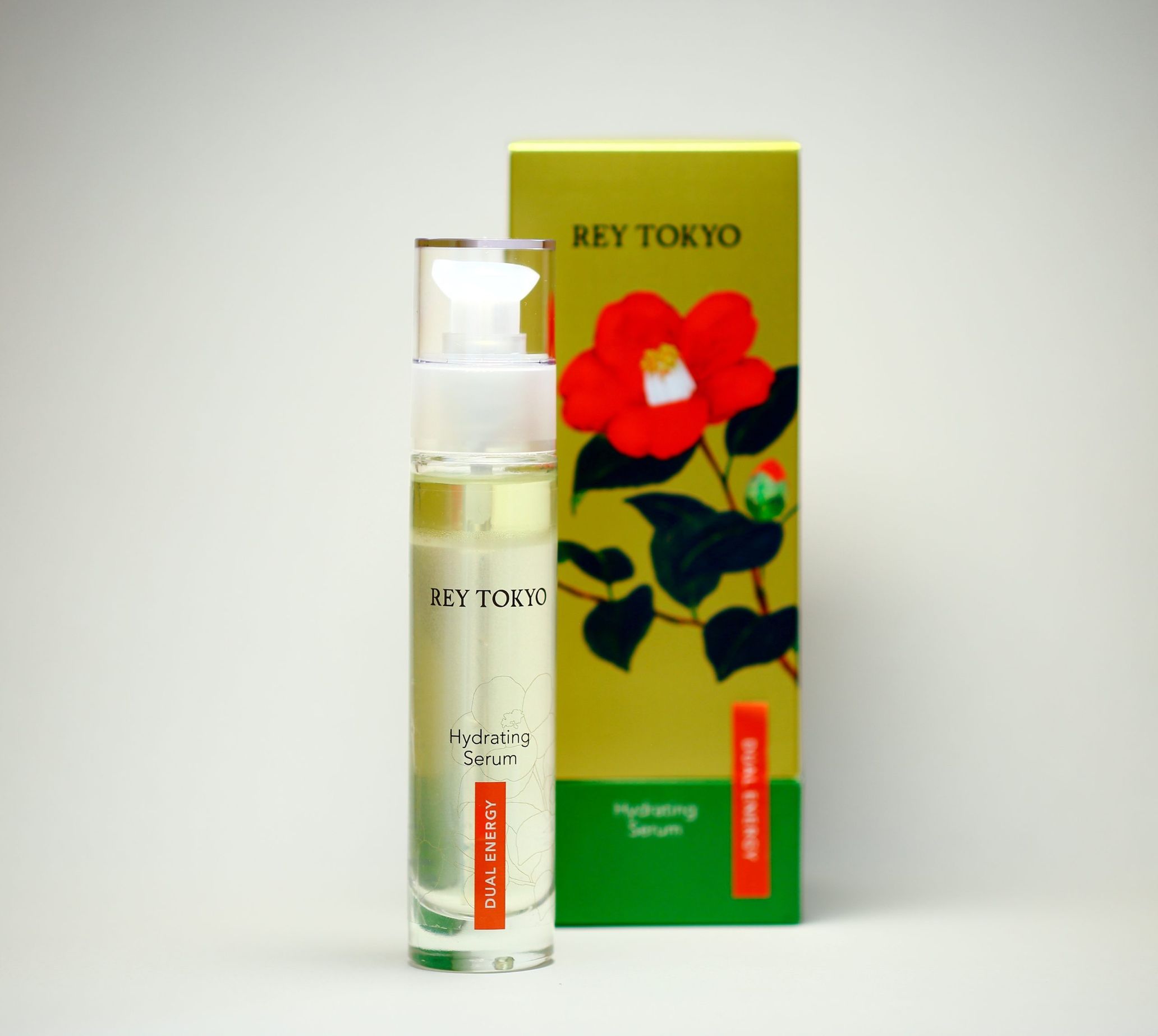
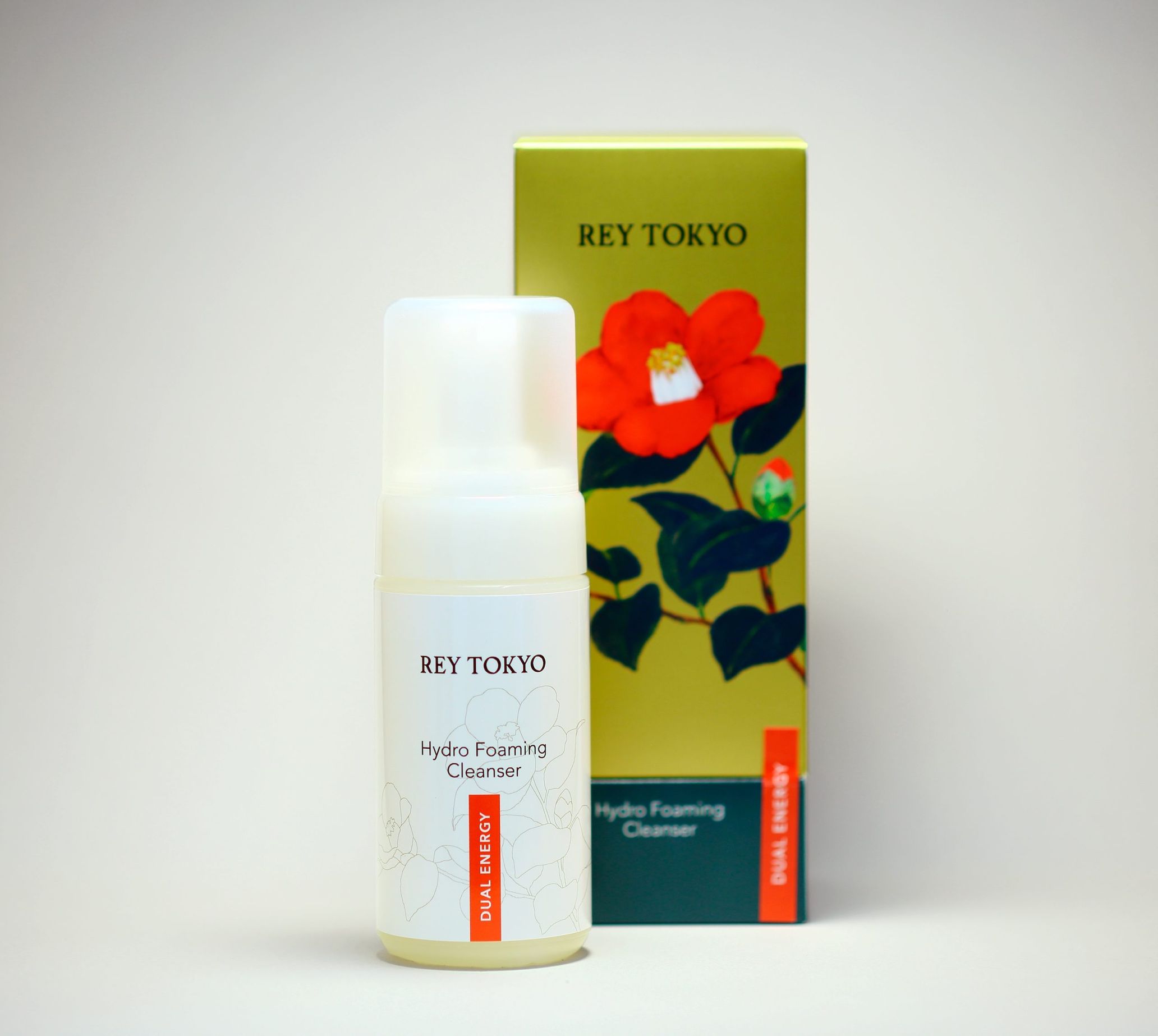
“Simplicity and functionality are values shared by both Germany and Japan.”
−−Outside of beauty, are there other aspects of Japanese culture that you have come to appreciate while living in Germany? Conversely, what have you learned from German culture?
Nakajima: I believe that simplicity and functionality are values shared by both Germany and Japan. However, the Japanese aesthetic is unique in that it is not just a matter of cutting down and eliminating, but also of devising and striving for excellence. I try not to lose that delicacy.
I think my approach to communication might have naturally changed while living in Germany. I feel that the flow of “Opinion + Reason = Conclusion,” is rational, easy to harmonize with others, and maybe the fastest way to arrive at a goal.
−−Lastly, please share with us your vision for the future.
Nakajima: We are planning products that are easy to understand and simple in approach, yet multifunctional. We’re also currently participating in the “Bijo; Japanese Beauty Bar” pop-up store at Le Bon Marché in Paris. We would like to expand our sales channels so that we can bring REY TOKYO to more people.
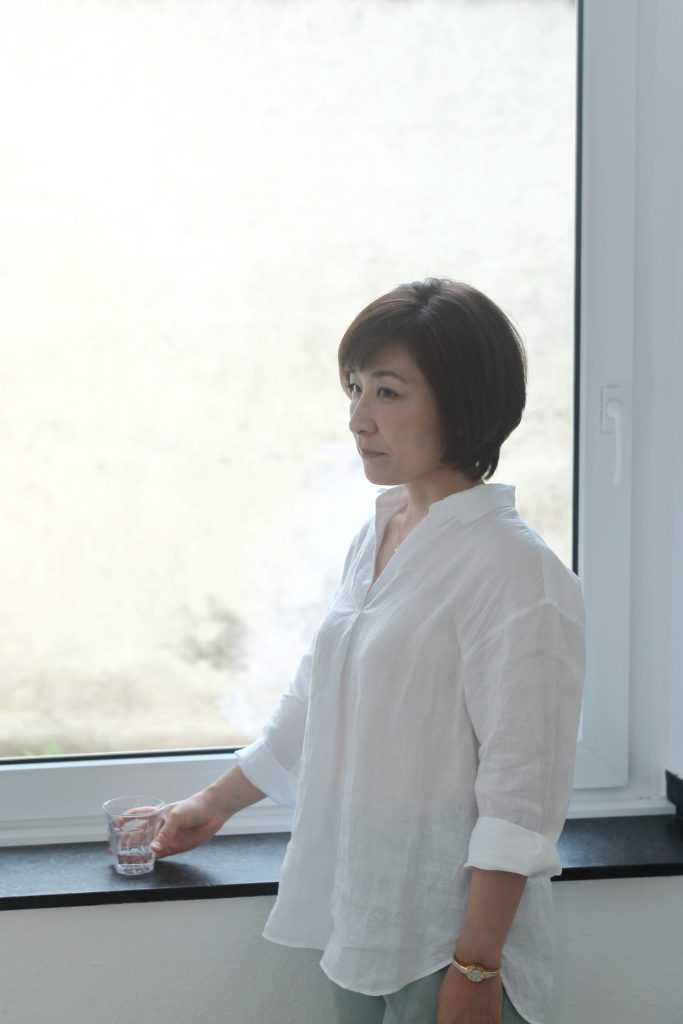
Rey Nakajima
Founder and Director of the natural cosmetics brand REY TOKYO. Born in Tokyo and currently living in Germany. Graduated from Nihon University College of Art. After working for a toy manufacturer in Japan and gaining experience in graphic design, product planning, and development, she moved to Germany in 2006 to work as the president of a translation and interpretation company. Launched REY TOKYO in 2020 in Düsseldorf, Germany.
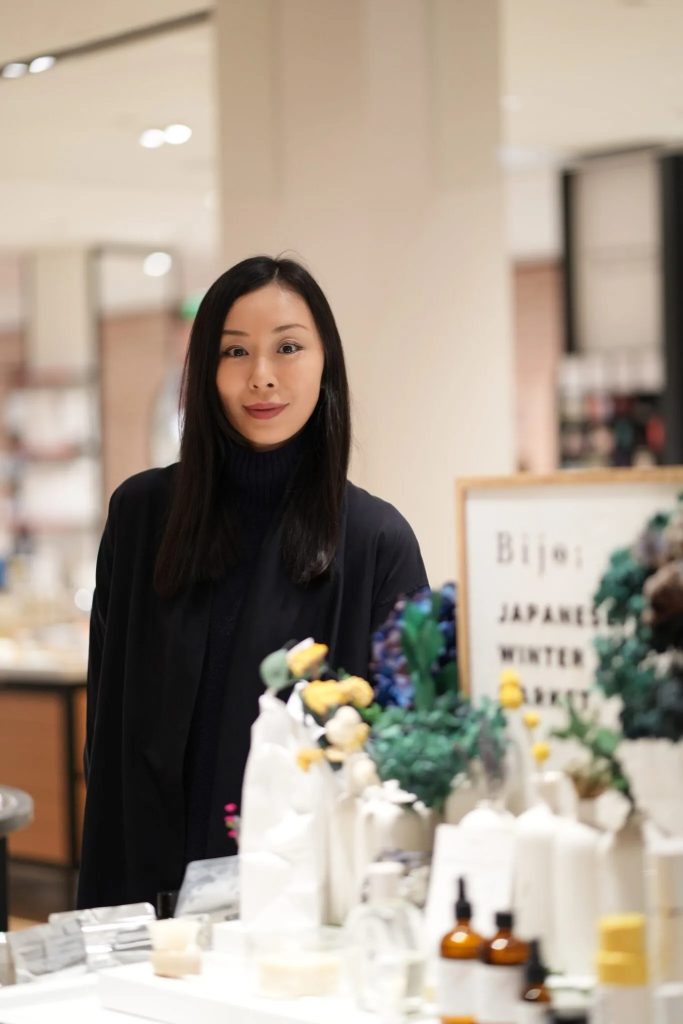
Keiko Suyama
Born in Tokyo and has lived in Paris for 20 years. She holds an MBA in Brand Management from INSTITUT FRANCAIS DE LA MODE. In 2010, she established Dessigne, a consulting company specializing in brand strategy, sales and communication, from Japan to the European market. In 2016, she started a conceptual project called “Bijo,” curating J-Beauty and lifestyle brands. She has clients in some 150 stores across 20 countries, from major department stores such as Harrods, Le Bon Marché, Ritz Paris, and Sephora.
Direction Keiko Suyama
Translation Elie Inoue

